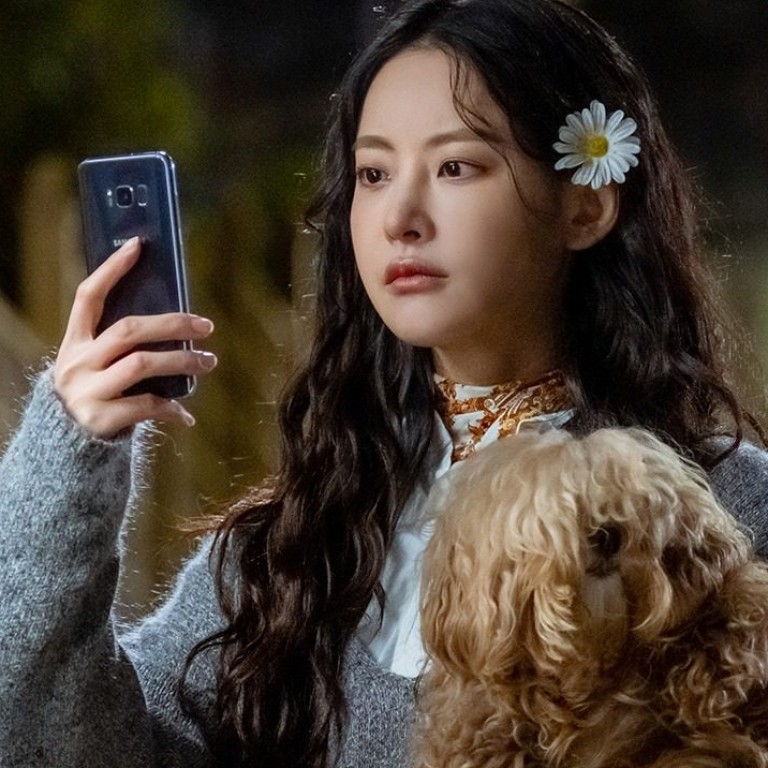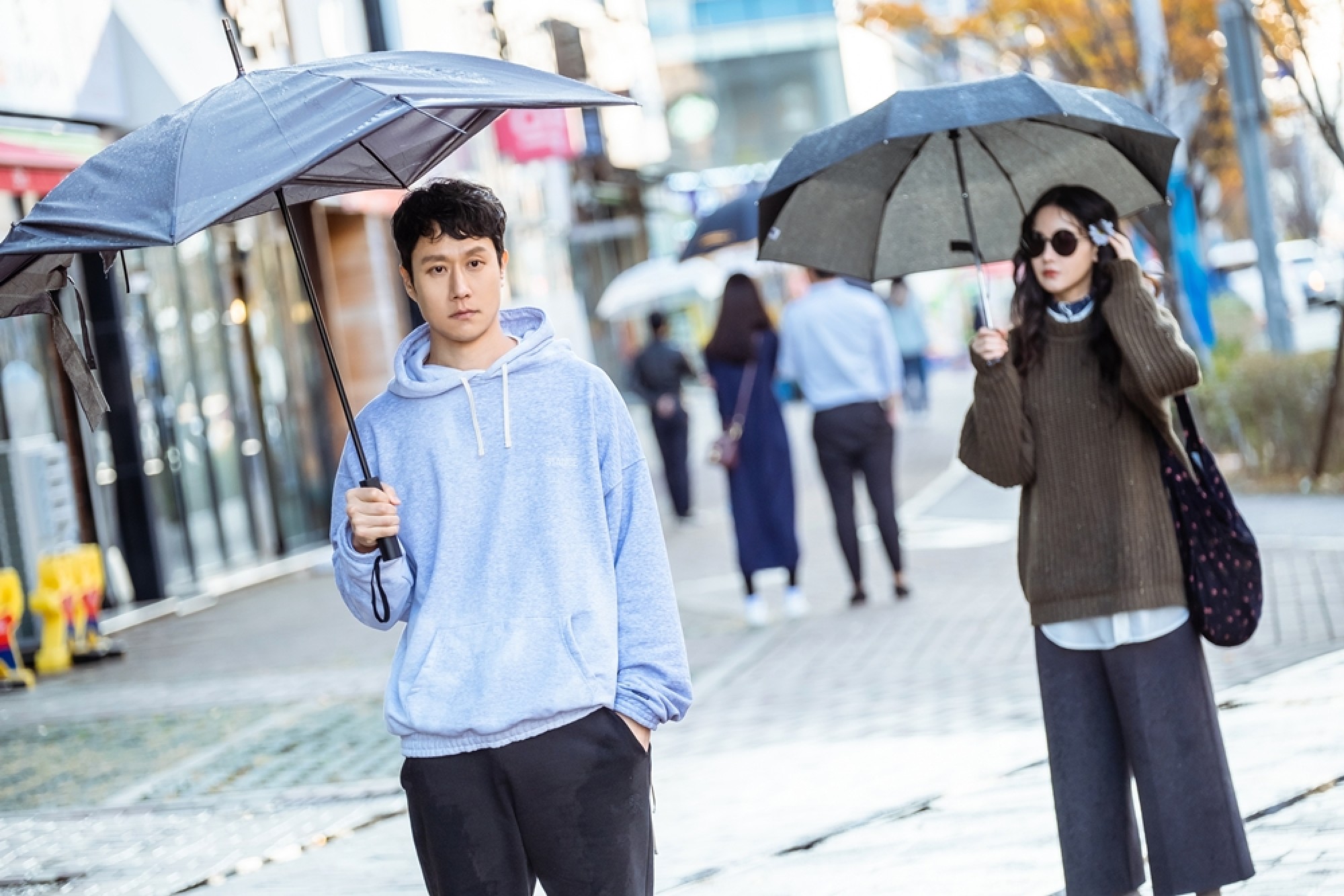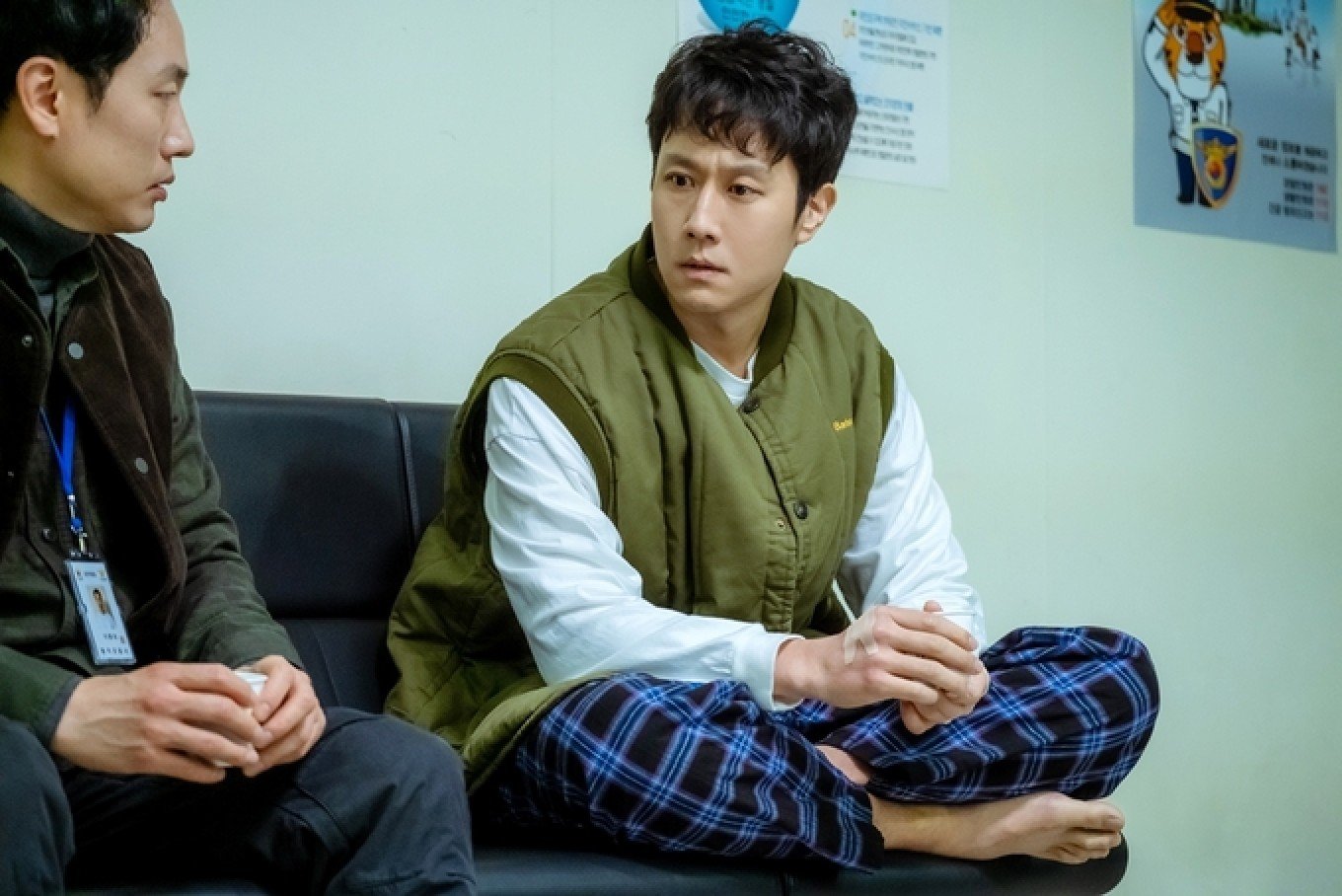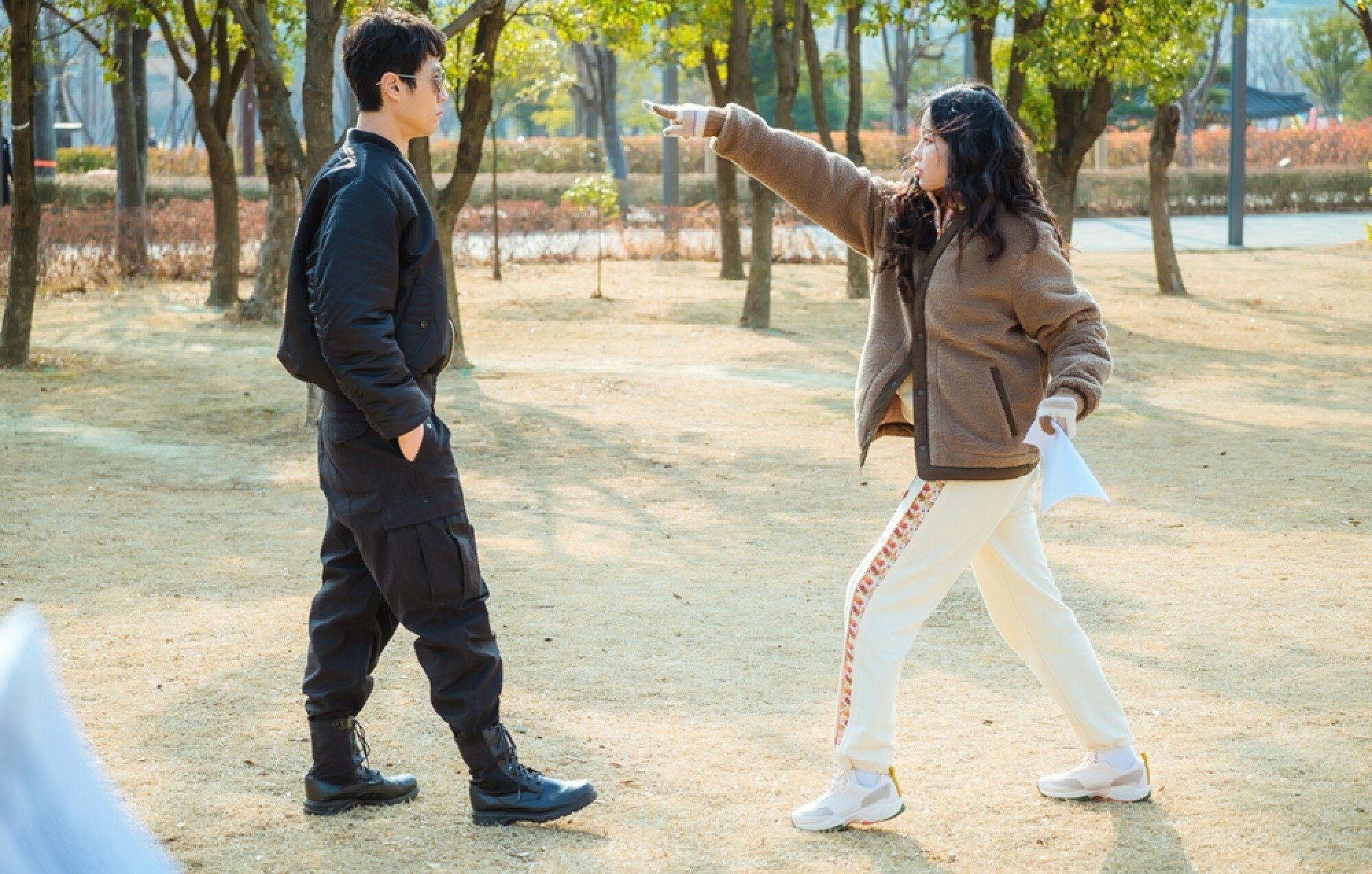
Review | K-drama review: Mad for Each Other – Netflix’s winning romcom makes up for regressive gender stereotypes with great chemistry
- Oh Yeon-seo and Jung Woo play two quirky, unlucky-in-love eccentrics, who develop an unlikely attraction despite initial anger and wariness towards each other
- At first, the comedy comes off as very broad, but once the show gets into the swing of things and brings in some entertaining side characters, it works well
This article contains spoilers.
3/5 stars
Mental health and comedy have long been popular bedfellows, but these days the combination is a riskier proposition that requires a certain amount of finesse. Mad for Each Other, the latest half-hourly show from KakaoTV (streaming on Netflix globally), is a sturdy romantic comedy, but as a study of mental health its foundations are pretty shaky.
South Korean media have long embraced the stereotype of the “crazy girl”. Look no further than My Sassy Girl, the original hit that put Korea entertainment on the global map 20 years ago, in which Jun Ji-hyun played the titular kooky protagonist, who is prone to blackout drinking spells and berating her love interest at every turn.
This stereotype, which is hardly unique to Korea, is applied to any woman who doesn’t conform to a man’s expectations, whether in a relationship or in the workplace. Still common today, the term has a powerful gaslighting effect and is frequently reinforced by the characters and storylines of TV drama series.
Oh Yeon-seo, who incidentally starred in the period drama remake of My Sassy Girl, plays Lee Min-jung, who lives in apartment 506 of the Hongjik Apartment complex. She lives alone, avoids people and attends therapy sessions where her psychiatrist jots down things like “delusional disorder” and “post-traumatic stress disorder”. Yet these terms are hardly necessary, as Min-jung wears sunglasses and frumpy clothes, and has frizzy hair, which she adorns with a sunflower – a classic “crazy girl” outfit.
Six new Korean drama series to look out for in June 2021
The difference in Mad for Each Other is that we also get a “crazy guy”, Noh Hwi-oh, played by film actor Jung Woo, whose last major drama role was in Reply 1994. Hwi-oh has anger management issues, which are plainly in evidence as he reacts to irritating bus riders, a torrential downpour and more on his way to see the same psychiatrist.
The greatest stress he endures on this day is a woman who first makes him lose his slipper, then attacks him with an umbrella. He tells his therapist about this “crazy girl”, while Min-jung talks the ear off the same mental health professional about the “crazy guy” who keeps popping up before her.
The pair continue to encounter each other, in a prolonged cute slapstick way that lasts all the way to the same building and the same floor, since, as fate would have it, Hwi-oh lives next door in unit 507.

Before long we learn that Hwi-oh is a detective who is on leave because of an outburst that happened during a botched drug bust. Min-jung has left her job and is hiding from everyone after having been labelled a homewrecker following her experience with a married man.
Naturally, both are victims, as Hwi-oh was sidelined by dirty cops protecting the drug dealer he was tracking down, and Min-jung didn’t know she was with a married man, who turned out to be possessive and violent, and whose mother spread rumours about her online.
In classic romcom fashion, Min-jung and Hwi-oh don’t get on at first, to put it mildly. They wind up in the police station a few times and demand for each stay out of the other’s way. But with both stuck at home with only thin walls to separate them, that doesn’t last very long.
Despite being benched, Hwi-oh gets to flex his macho credentials time and again as he helps the neighbourhood watch apprehend a flasher and comes to Min-jung’s aid several times. Meanwhile, Min-jung is constantly reliving her trauma and only succeeds in coming out of her shell when she feels protected by Hwi-oh.

Min-jung is undoubtedly a positive influence on Hwi-oh, but at no point is there any doubt that his issues will resolve themselves once his name has been cleared. Min-jung even provides him with the key to clearing his name several times, but he dismisses her and gets what he needs in the end anyway.
Hwi-oh’s anger issues also wind up helping him and others around him, so that, as far as mental health is concerned, his aggressive male personality is ultimately painted in a positive light. Meanwhile, Min-jung is suffering from real trauma, albeit not in a realistic way.
She can only recover with the help of a man, and the enduring symbol of her relationship with Hwi-oh is the whistle he gifts her that she carries on her neck. Anytime she blows on it, he comes running, whether she’s actually in trouble or not.

Despite having been traumatised by a man in the first place, Min-jung needs a man to survive. If these roles weren’t clear enough, Hwi-oh’s name in Korean is “protector” backwards, or Oh-hwi, the name Min-jung gives to the dog she rescues early on in the series.
Maddeningly regressive gender roles aside, Mad for Each Other is a thoroughly enjoyable romantic comedy that hits way more than it misses and benefits from great chemistry between its leads. At first, the comedy comes off as very broad, but once the show gets into the swing of things and ropes in some entertaining side characters, it finds its feet.
Mad for Each Other is streaming on Netflix.

